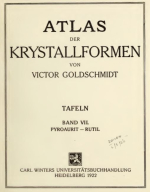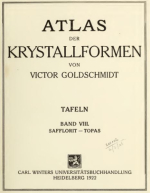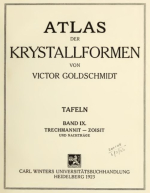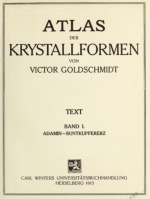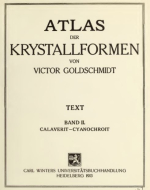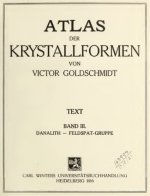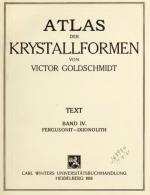Добрый день, Коллеги. Важное сообщение, просьба принять участие. Музей Ферсмана ищет помощь для реставрационных работ в помещении. Подробности по ссылке
- « первая
- ‹ предыдущая
- …
- 35
- 36
- 37
- 38
- 39
- 40
- 41
- 42
- 43
- …
- следующая ›
- последняя »
- « первая
- ‹ предыдущая
- …
- 35
- 36
- 37
- 38
- 39
- 40
- 41
- 42
- 43
- …
- следующая ›
- последняя »





